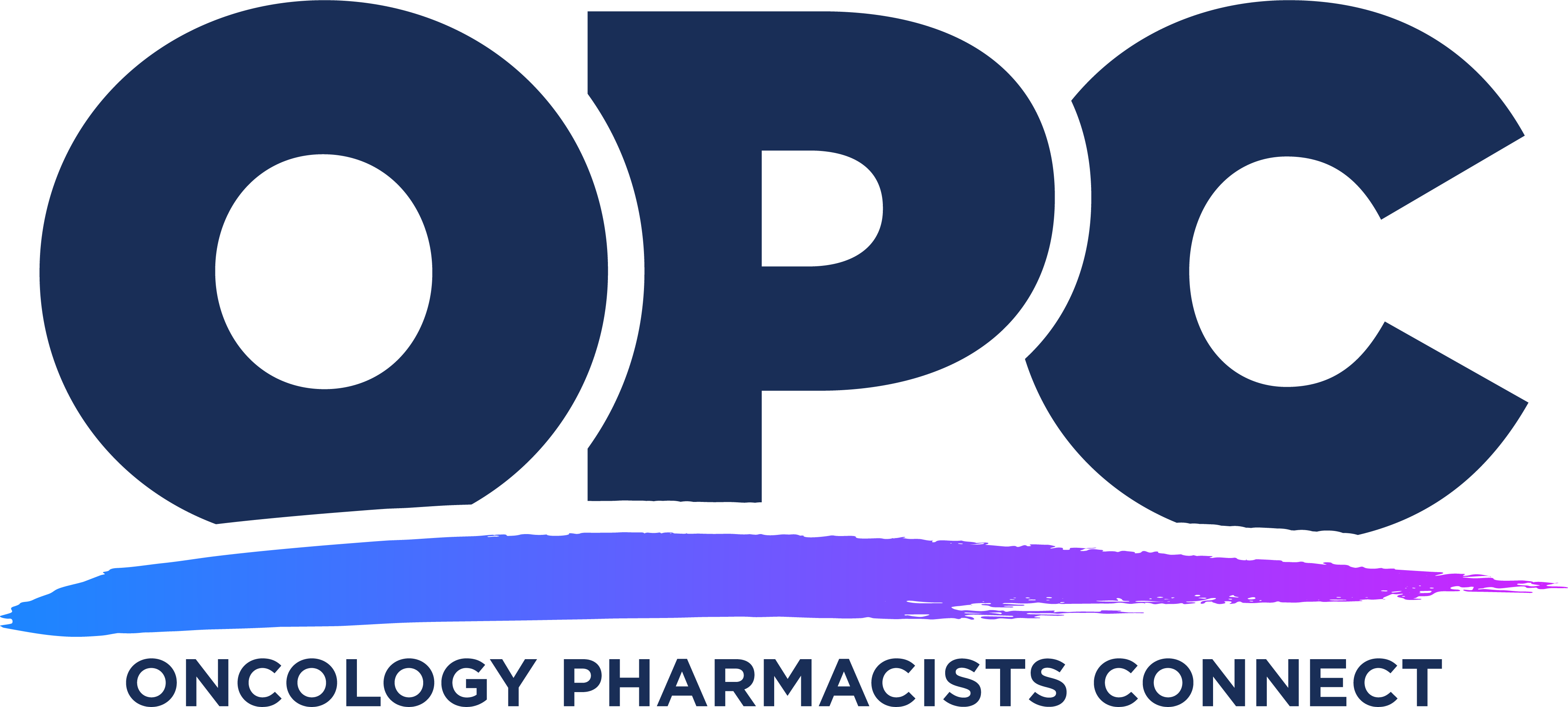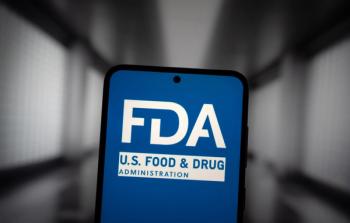
Efficiency, Education, and Evolution: What’s Next for Pharmacy Practice?

Scott Soefje, PharmD, MBA, BCOP, shares insights about the evolving role of pharmacists at the 2025 OPC meeting.
In an interview with Pharmacy Times at the 2025 Oncology Pharmacists Connect (OPC) meeting, Scott Soefje, PharmD, MBA, BCOP, director of pharmacy at Mayo Clinic, focused on the evolving role of pharmacists in health care, highlighting their increasing presence in outpatient settings to enhance efficiency and patient care.
Pharmacy Times: Can you share an overview of what you discussed at OPC 2025?
Scott Soefje, PharmD, MBA, BCOP: So our session was centered around health services research, and so we had 3 abstracts that looked at the role of the pharmacist in practice. One was a phase 1 study looking at pharmacist interventions on med rec, and 2 abstracts looking at the impact of remote pharmacists’ work on cost savings and reducing patients’ emergency visits. Then we transitioned to an abstract on artificial intelligence, and then the final one is looking at drug shortages and how pharmacists help manage drug shortages, particularly around the cisplatin shortage from last year.
Pharmacy Times: How has the role of the oncology pharmacist evolved in recent years, and what are some of the key areas where pharmacists are leading change in cancer care delivery?
Soefje: Yeah, I think what we're starting to see is, like everything else, pharmacists are trying to—we’re moving more pharmacists out into the outpatient space. I know at our institution, we've really grown our outpatient practice over the last several years, and with that, we're trying to figure out how the pharmacist embedded in the outpatient clinic helps the clinic become more efficient. And the whole efficiency idea is really beginning to streamline all through the whole process. How does the pharmacist in the clinic help the clinic see more patients? By taking roles away from the physicians and the advanced practice providers. We take on some of the management roles that free them up to help see more patients.
Then we filter that all the way down into the clinic, about how do we, you know, move patients in and out of the system? How are we advanced prepping drugs? Are we making sure things are going well? And then into the outpatient and inpatient settings—are we treating the right patients in the inpatient setting that need to be treated? Can we discharge this patient and treat them in the outpatient setting? That’s a financial issue, but it's also a right patient, right place kind of thing.
So we're really seeing pharmacists evolve in those kinds of roles. And I think what we're going to see, even going further, is pharmacists taking on more and more roles in medication management. Within the oncology setting, there's a shortage of oncologists, there's a shortage of nurses, and there's a shortage of advanced practice providers, so pharmacists can really step into that role in those areas in which we excel, take on those responsibilities, and really help the practices grow.
Pharmacy Times: What are common barriers to integrating pharmacists into multidisciplinary cancer care teams, especially in smaller or rural practices?
Soefje: It's kind of funny—when we approach a provider or a provider group that's never had a pharmacist in their clinic, the first thing I always hear is, "We've never had a pharmacist. I don't know what to do with them."
And so we sit down and go through all of these processes, and what we're finding is, when we put a pharmacist in the clinic for the first time, or we put a pharmacist on a new care team for the first time, it usually takes a good 3, 6 months, or even maybe a year before they get integrated. And what we see is, slowly, they get—they become part of the team. And then after a period of time, all of a sudden, the providers are telling me, "It's the smartest move we've ever made." And then—it happened recently where I had a physician tell me, "I don't know what to do with the pharmacist in this clinic." And then that pharmacist left the clinic, and he was the first one to call me and say, "I need a pharmacist on this team. When am I going to get the replacement?"
So, the barriers are just getting the people in there, getting them up to speed, and overcoming that perception of what a pharmacist does. We're not just dispensing the meds all the time. We actually can manage patients. And then I think sometimes it's getting out of our own way. It's having pharmacists who are willing to embrace that role and take on those responsibilities. The ones who do that really are successful.
Pharmacy Times: What gaps exist in training, credentialing, or recognition that need to be addressed for pharmacists to practice at the top of their license in oncology?
Soefje: One of the things I see, particularly in the residency—well, first of all, let's start with the students. There's not enough oncology teaching in the classroom. There's not enough oncology teaching at the student level. Cancer is the second-leading cause of death due to illness in the United States, yet most schools of pharmacy teach 1 course of oncology, and they try to teach all of cancer in 1 course. That's just not doable. And so we have students coming to oncology rotations, and they've never even seen some of the drugs. Drugs—they don't know what's going on, and so it's a pretty high learning gap.
I think the other area we're starting to realize is that in the PGY2 oncology residencies, a year may not be enough to teach oncology these days. The amount of new drugs that have come out over the last decade and a half is just incredible. And the concentration on precision medicine—I mean, just lung cancer alone—it takes somebody a significant amount of time to really understand what's going on. So at best, what we're teaching the resident is how to learn, how to grow and how to be the best they can be.
I suspect that sometime in the future, we're either going to have to split heme and onc into 2 different residencies, or there's going to have to be some consideration to go to a two-year program. And whether that's a PGY1, PGY2 in oncology like administration is, or do we add a PGY3, which I don't think anybody will do—I don't know the answer to that. So to me, there's a significant learning gap in the students and in the residents, and then as we get practitioners out, the non–residency-trained pharmacists are really struggling to try to keep up with some of the new drugs and how fast they're coming out. So we need more oncology-type teaching, continuing education, that kind of stuff, to really help people. And we need it in that simplified form—the basics of where it goes—and then it needs to almost be a 101, 102, 103 kind of format so people can grow and learn their practice.
Pharmacy Times: In your practice, how do you bridge the gap between clinical trial data and clinical practice?
Soefje: Yeah, this is a hard one because every year, the number of new drugs approved in oncology is fairly significant. There's a significant portion—you know, 50 drugs—we'll get 20 of them, kind of thing. And so how do we keep up that information, particularly for our staff?
So we do a lot of education within the community; within our own group, we do a lot of teaching. We bring the staff in with the residents and have them teach. I think we have to get better at having—as we've built our disease group pharmacists up—having that disease group pharmacist come to the dispensing pharmacist area or to the inpatient area and describe what that practice is, and what that drug does, and how we're going to use it, and where it fits in therapy. I think we're going to have to do that.
It's a challenge. I read somewhere that medical knowledge is doubling every 9 months now—the amount of medical information—and I don't know how anybody keeps up with it. I will say I think AI is going to be a help here because it will be able to pull specific information that you've requested.
One of the things we have to do is teach people how to write the prompts correctly. Right? Garbage in, garbage out kind of stuff. And so I think utilizing all of these tools—then maybe we can help people keep up with what's going on. But I think it's always going to be a challenge. It's just going to get harder and harder as the practice and the rate of information begin to increase.
Pharmacy Times: Can you share your experience at OPC 2025 and the significance of these meetings for pharmacists?
Soefje: Yeah, what I like about it is ASCO is an overwhelming meeting. If you've ever been there, it's just so much going on, so many people, and trying to figure out which abstract I need to listen to, which session I need to go to, which poster I should go see—it just becomes an overwhelming experience.
What I like about this conference is it's pharmacists pulling out the abstracts, it's pharmacists presenting the abstracts, and it's a panel discussion of that abstract by pharmacists. So it's ASCO from a pharmacist perspective. And I like that.
It's disease-state focused. So I can focus for an hour or whatever on that disease state, those important things. And every time I've come, I've made notes to myself to go back to my team and go, "What about this? Should we be looking at that? How are we going to handle whatever this is coming up?" And I think that is what's great about conferences. When you go back and you start looking at how you're changing your practice, that means the conference did what it was supposed to do.
Newsletter
Stay informed on drug updates, treatment guidelines, and pharmacy practice trends—subscribe to Pharmacy Times for weekly clinical insights.


















































































































































































































